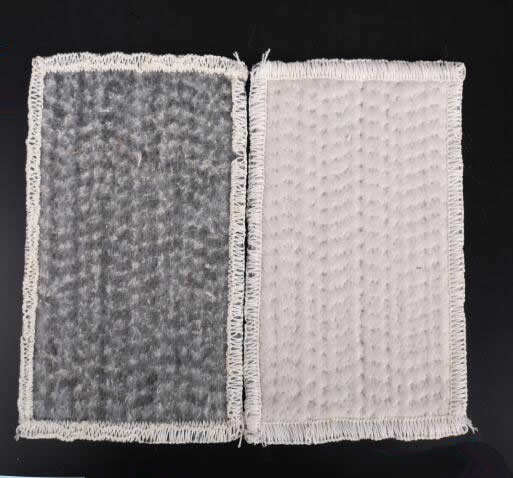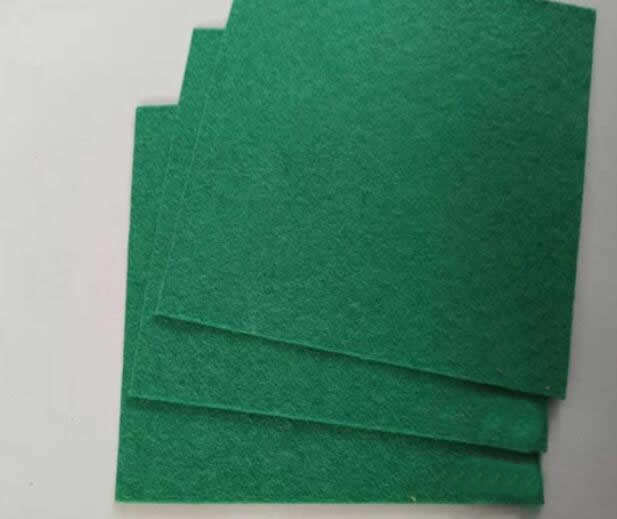- Understanding the Role of Geomembrane Liners in Waste Management
- Innovations in Geomembrane Liners for Water Management
- Geomembrane Liners: A Comprehensive Guide
- The Future of Geomembrane Liners in Civil Engineering
- Geomembrane Liners: Enhancing Landfill Stability
Manager:
WhatsApp:+86 177 0135 2670
Tel:+86 177 0135 2670
Email:marketing@okorder.com
Address:3rd Floor, No.2 Building, No.1 Sanlihe Road
Double Rough Surface Geomembrane
Product Categorie:Geomembranes
Product number:N176
Product Color:Optional
Product Sources:Suppliers & Manufacturers
HDPE double rough surface geomembrane Geomembrane is a waterproof barrier material based on polymer polymer. According to the product material, it is mainly divided into: low-density polyethylene (LDPE) geomembrane, high-density polyethylene (HDPE) geomembrane and EVA geomembrane; According to the appearance of the product, it can be divided into: smooth geomembrane, single rough surface geomembrane, double rough surface geomembrane
Product performance:
1. It is a flexible waterproof material with a high anti-seepage coefficient (1×10-17cm/s);
2. It has good heat resistance and cold resistance, and its operating environment temperature is high temperature 110℃ and low temperature -70℃;
3. It has good chemical stability and can resist the corrosion of strong acid, alkali and oil. It is a good anti-corrosion material;
4. It has high tensile strength, making it capable of meeting the needs of high-standard engineering projects;
5. It has strong weather resistance and anti-aging properties, and can be used exposed for a long time while maintaining its original performance;
6. It has strong tensile strength and elongation at break, allowing the geomembrane to be used in various harsh geological and climatic conditions. Strong adaptability to uneven geological settlement;
Scope of application:
1. Environmental protection and sanitation: such as landfills, sewage treatment plants, power plant regulating pools, industrial and hospital solid waste, etc.;
2. Water conservancy projects: such as anti-seepage, plugging and reinforcement of rivers, lakes and reservoirs, anti-seepage of water channels, vertical core walls, slope protection, etc.;
3. Municipal engineering: subway, building underground engineering, planting roof, roof garden, sewage pipe anti-seepage;
4. Gardens: artificial lakes, rivers, reservoirs, golf course pond bottoms, slope protection, green lawns, etc.;
5. Petrochemical: anti-seepage of chemical plants, refineries, oil storage tanks, chemical reaction tanks, sedimentation tank linings, secondary linings, etc.;
6. Mining: lining anti-seepage of washing tanks, heap leach tanks, ash dumps, dissolution tanks, sedimentation tanks, stockpiles, tailings, etc.;
7. Transportation facilities: foundation reinforcement of highways and anti-seepage of culverts;
8. Agriculture: seepage prevention of reservoirs, drinking water pools, water storage ponds, and irrigation systems;
9. Aquaculture industry: intensive and factory-based breeding ponds, fish ponds, shrimp pond linings, sea cucumber circle slope protection, etc.;
10. Salt industry: salt field crystallization pond, brine pond thatch cover, salt film, salt pond plastic thatch film;
- Previous:Bentonite Waterproof Blanket
- Next:Planting Trough






